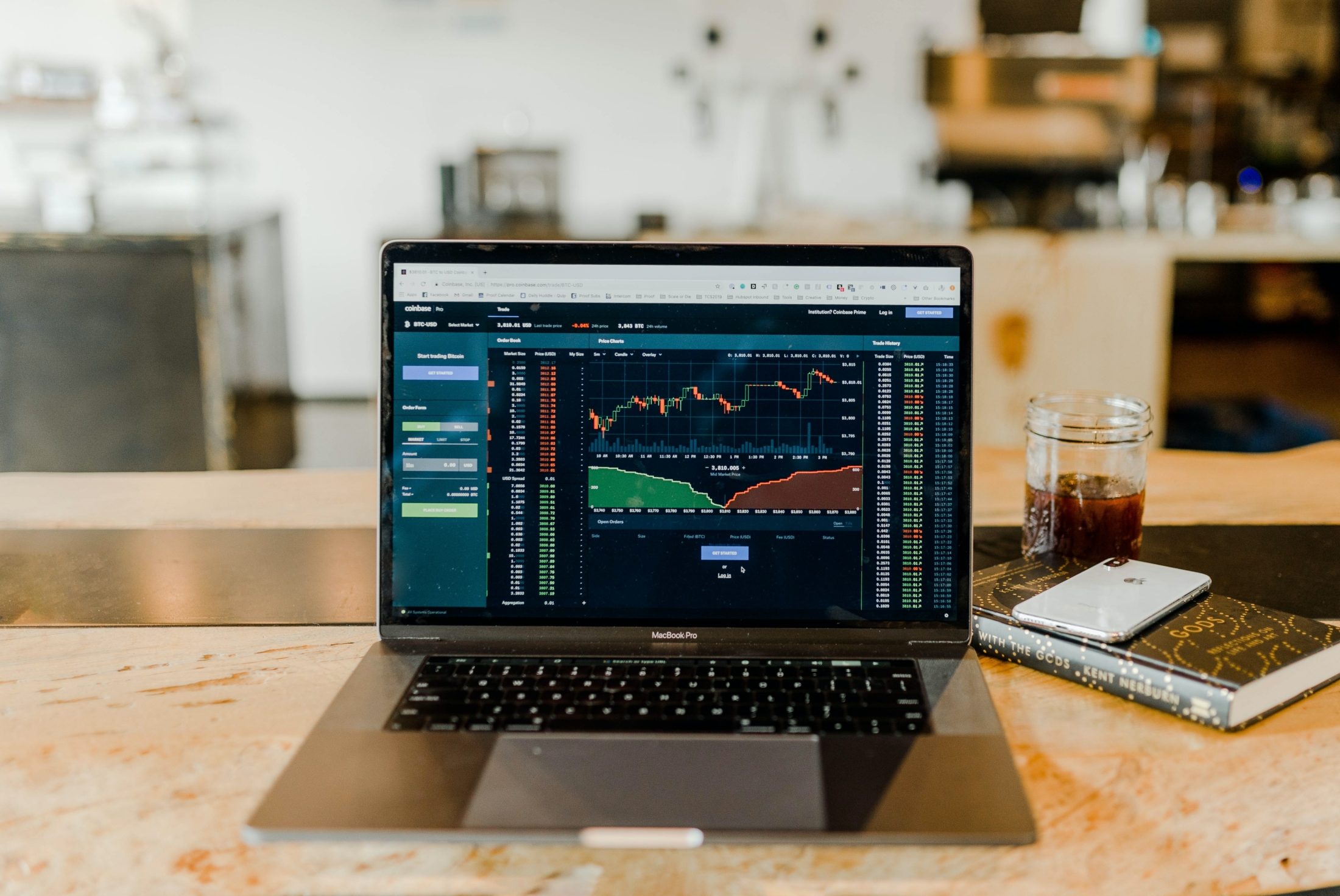Recently, there has been an abundance of worldwide natural disasters including hurricanes in Puerto Rico, Cuba, Florida, and Canada, earthquakes in Mexico, wildfires in California, heavy storms and flooding in Alaska and Pakistan, a typhoon in Japan and heat waves in the US and Middle East. With natural disasters forecasted to increase in magnitude and prevalence, companies helping to prevent and recover from these horrible events have come into focus.
We spoke with ProcureAM to learn more about the FEMA ETF, the Procure Disaster Recovery Strategy ETF. The FEMA ETF is the world’s first ETF focused on the recovery and rebuilding from natural disasters as well as reducing the risk from natural disasters. The following conversation provided perspective on how this ETF might fit into an investor’s portfolio.
TIFIN Personality: Let’s kick off by discussing the recent surge in natural disasters. Can you elaborate on what this surge means from an industry standpoint?
Procure: Unfortunately, natural disasters can strike anywhere at any time and they are becoming more and more frequent. The US Government is predicting that damages from natural disasters like earthquakes, hurricanes, or fires could cost the U.S. federal budget about $2 trillion each year by the end of the century. 1 The U.N. is predicting over 500 natural disasters by 2030 2 and companies that are involved in the recovery and mitigation of natural disasters are doing a lot to prepare for this.
TIFIN Personality: With this in mind, can you tell us about your Disaster Recovery Strategy ETF and what it’s trying to accomplish?
Procure: The FEMA ETF is the first-of-its kind. The Procure Disaster Recovery Strategy ETF invests in global companies that focus on the recovery and rebuilding after a natural disaster, as well as the mitigation of risks from natural disasters. There are roughly 60 holdings, all focused on natural disaster recovery and prevention. To provide a few examples, we have companies that design and engineer new and replacement infrastructure, companies that provide home improvement products and services, companies that build batteries and generators, and companies that offer flood control and debris removal. The tools required to combat and recover from natural disasters are vast and our holdings represent the diverse array of companies that address the needs created by natural disasters.
TIFIN Personality: What index does the FEMA ETF track?
Procure: The FEMA ETF tracks the VettaFi Natural Disaster Recovery and Mitigation Index. This is an index of stocks listed on numerous global exchanges that are involved with the recovery and mitigation of natural disasters.
TIFIN Personality: The FEMA ETF falls under the ‘purpose’ category in TIFIN’s financial personality assessment. What types of investors should be looking at the FEMA ETF?
Procure: The FEMA ETF could be utilized by many investors in a variety of ways. Hedge funds might consider employing this fund as a tactical trade around specific natural disaster events. The typical retail investor might tap into the FEMA ETF to provide a net new exposure to their portfolio and serve as a diversification strategy. When it comes to TIFIN’s financial personality assessment, this ETF would resonate with ‘purpose’ driven investors. Foremost, the FEMA ETF focuses on the reality that natural disasters are predicted to continue to occur with more frequency and costlier results. Without the ability and resources of companies to help communities recover and build back safer and stronger, the damage would be even more devastating. The FEMA ETF highlights the firms who step up when natural disasters occur.
1 https://www.cnbc.com April 4, 2022;
2 https://news.un.org April 26, 2022
To learn more about uncovering your clients’ financial personalities, schedule time with our team today.
ProcureAM provides compensation to TIFIN Grow, LLC or one its affiliates to be a sponsored fund which provides the fund greater visibility. TIFIN Grow, LLC has a financial interest to promote and market investment solutions from ProcureAM that can conflict with the interests of its clients. This material is provided for informational purposes only and should not be construed as individualized investment advice or an offer or solicitation to buy or sell securities tailored to your needs.
Please consider the Funds investment objectives, risks, and charges and expenses carefully before you invest. This and other important information is contained in the Fund’s summary prospectus and prospectus, which can be obtained by visiting procureetfs.com. Read carefully before you invest.
The VettaFi Natural Disaster Recovery and Mitigation Index tracks a portfolio of companies engaged in recovering from natural disasters, including those companies that service the recovery following a natural disaster, such as following a tropical cyclone (hurricane), wildfires, floods, or earthquakes.
Indices are unmanaged and investors cannot invest directly in an index.
Hedge Funds are unregistered private investment partnerships, funds or pools that may invest and trade in many different markets, strategies and instruments (including securities, non-securities and derivatives) and are NOT subject to the same regulatory requirements as mutual funds, including mutual fund requirements to provide certain periodic and standardized pricing and valuation information to investors. Hedge Funds represent speculative investments and involve a high degree of risk. An investor could lose all or a substantial portion of his/her investment. Investors must have the financial ability, sophistication/experience and willingness to bear the risks of an investment.
Diversification does not guarantee a profit or protect against a loss in a declining market. It is a method used to help manage investment risk.
Investing involves risk. Principal loss is possible. The Fund is also subject to the following risks: Shares of any ETF are bought and sold at market price (not NAV), may trade at a discount or premium to NAV and are not individually redeemed from the funds. Brokerage commissions will reduce returns. Securities of small- and mid-capitalization companies may experience much more price volatility, greater spreads between their bid and ask prices and significantly lower trading volumes than securities issued by large, more established companies. The Fund is not actively managed so it would not take defensive positions in declining markets unless such positions are reflected in the underlying index. Please refer to the summary prospectus for a more detailed explanation of the Funds’ principal risks. It is not possible to invest in an index.
Natural Disaster/Epidemic Risk – Natural or environmental disasters, such as earthquakes, fires, floods, hurricanes, tsunamis and other severe weather-related phenomena generally, and widespread disease, including pandemics and epidemics, have been and may be highly disruptive to economies and markets, adversely impacting individual companies, sectors, industries, markets, currencies, interest and inflation rates, credit ratings, investor sentiment, and other factors affecting the value of the Fund’s investments. Foreign Investment Risks – Foreign securities are typically more volatile, harder to price, and less liquid than U.S. securities.
This product is neither associated with, nor endorsed by, the Federal Emergency Management Agency.
Procure Disaster Recovery Strategy ETF (FEMA) is distributed by Quasar Distributors LLC.



